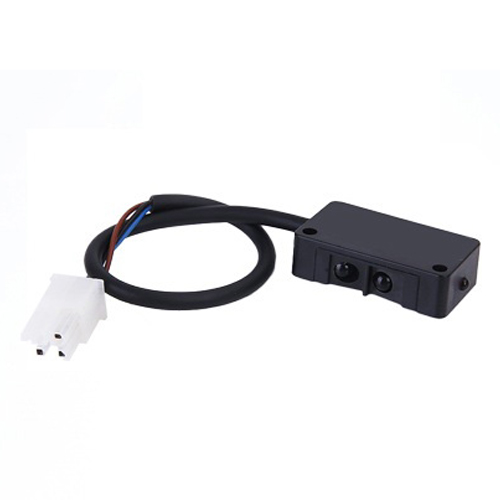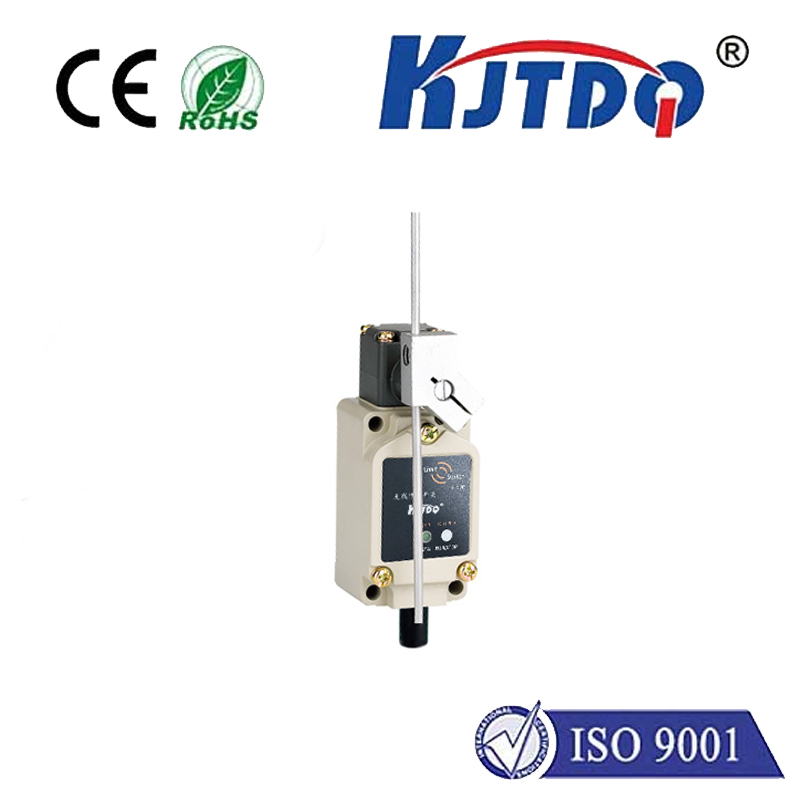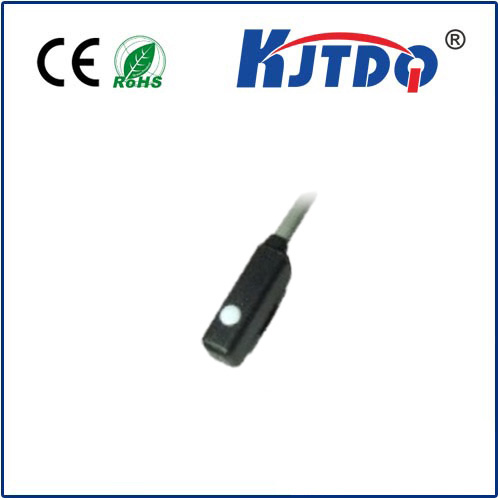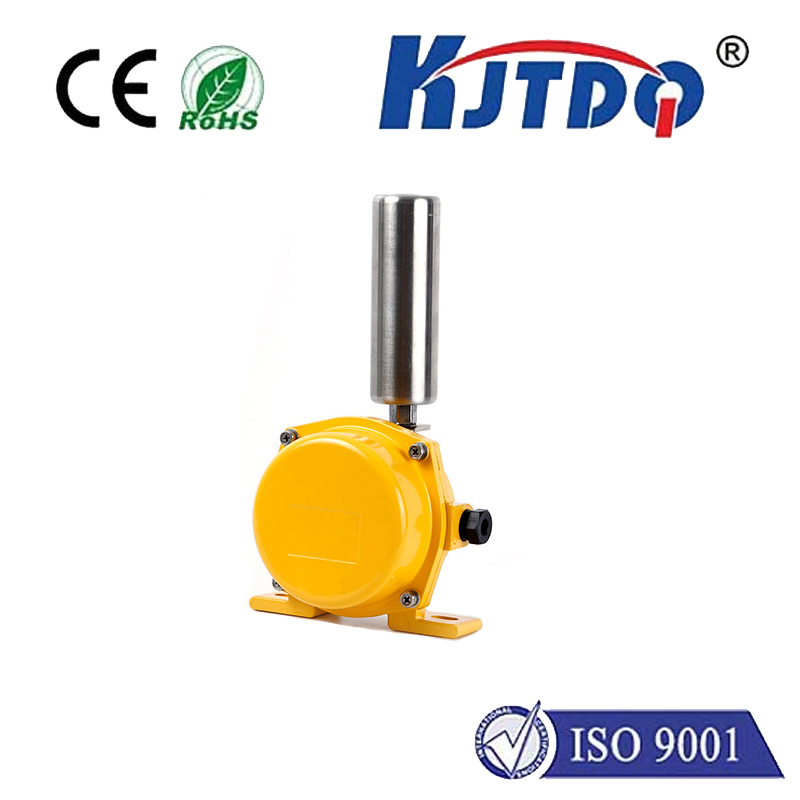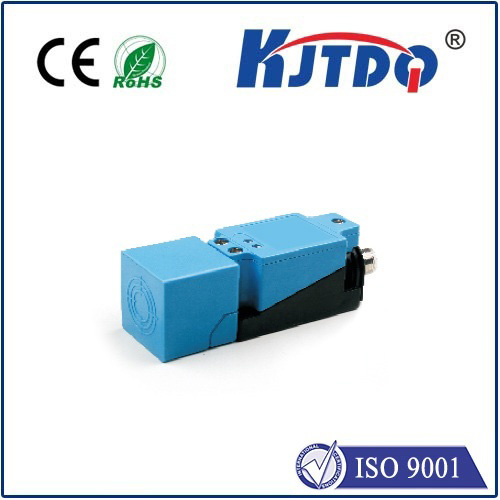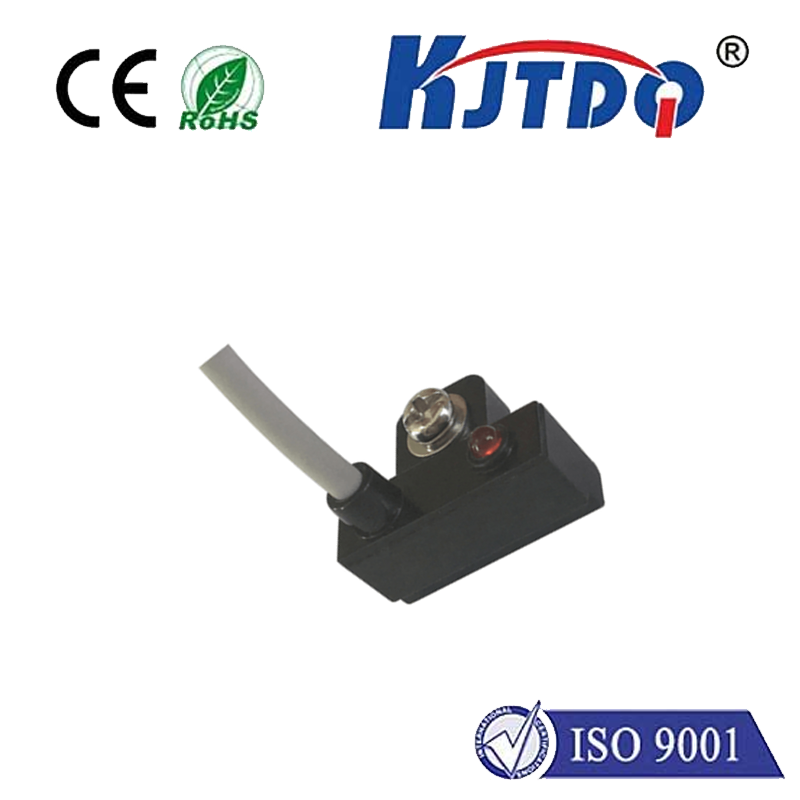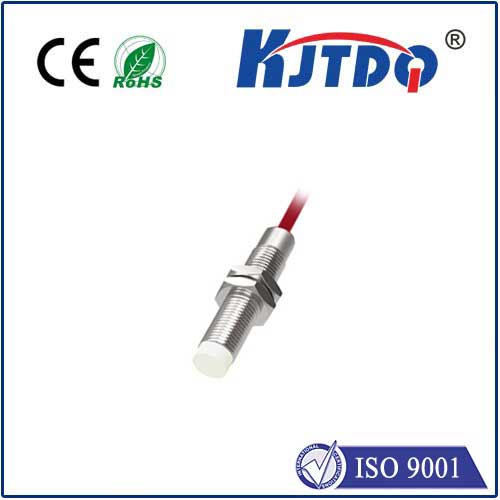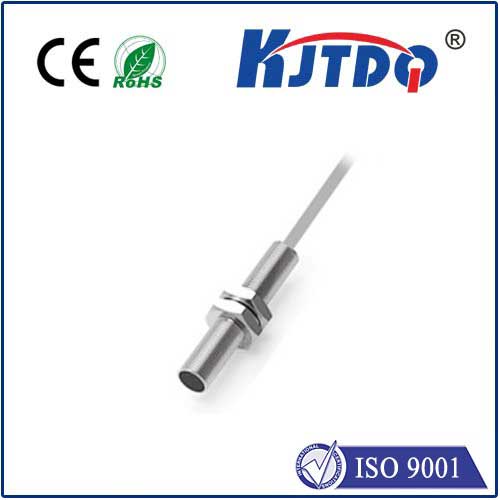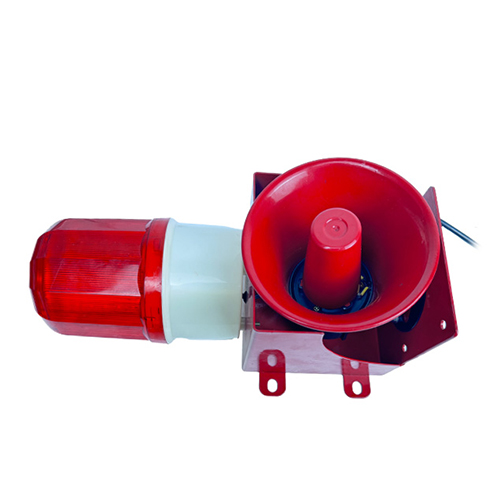inductive sensor m12
- time:2025-06-13 00:06:05
- Click:0
M12 Inductive Sensors: The Compact Powerhouses Reshaping Industrial Sensing
Imagine a world where tiny, unassuming devices tirelessly guard the rhythm of massive assembly lines, ensuring robotic arms move with precision and metal parts flow flawlessly. This isn’t science fiction; this is the everyday reality powered by M12 inductive sensors. These rugged, compact marvels are the unsung heroes of modern automation, offering unparalleled reliability for detecting metal objects in some of the harshest environments on the factory floor.
Understanding the Core: How Inductive Sensors Work
At their heart, inductive proximity sensors operate on a simple yet robust electromagnetic principle. The sensor generates an oscillating electromagnetic field from its active face. When a metallic target (like steel, aluminum, copper, or brass) enters this field, eddy currents are induced within the target. These eddy currents draw energy from the sensor’s oscillator, causing a measurable change – typically a drop in oscillation amplitude. The sensor’s integrated electronics detect this change and trigger a solid-state output switch (PNP or NPN transistor), signaling the presence of the target. Crucially, this all happens without any physical contact, making these sensors virtually wear-free and exceptionally long-lasting. They are ideal for detecting:
- Metal parts on conveyors
- Position of cylinders (pistons)
- Rotating shafts or gears
- Presence of tools or machine components
- End stops and limits
Why M12? The Form Factor Advantage

The “M12” designation refers specifically to the sensor’s threaded cylindrical housing size. M12 literally means a metric thread size of 12 millimeters in diameter. This standardization is far more than just a mounting convenience; it’s a cornerstone of industrial interoperability.
- Compactness: M12 sensors are significantly smaller than their common M18 or M30 counterparts. This allows installation in incredibly tight spaces where larger sensors simply wouldn’t fit, enabling more compact machine designs and dense sensor networks.
- Robust Mounting: The threaded barrel allows for secure and vibration-resistant installation directly into threaded holes or using standard locknuts. This ensures precise positioning and stability critical for accurate detection.
- Environmental Protection: M12 sensors are typically rated IP67 (resistant to dust and temporary immersion) or even IP69K (resistant to high-pressure, high-temperature water jets). Combined with robust metal (stainless steel or nickel-plated brass) or high-grade plastic housings, they withstand washdowns, oils, coolants, chips, and heavy vibration common in industrial settings.
- Connection Simplicity: M12 sensors utilize standardized M12 connectors (typically 4-pin), facilitating simple, fast, and reliable wiring. Quick-disconnect M12 cables are ubiquitous, streamlining installation, maintenance, and replacement processes.
M12 Inductive Sensor Specifications: What Matters?
While compact, M12 sensors pack a punch. Key specifications to consider include:
- Sensing Range: Typically ranges from 1mm to 4mm for ferrous targets (e.g., mild steel). Shielded models have a flush-mounting capability but slightly shorter ranges. Unshielded models offer longer ranges but require more surrounding space.
- Output Type: PNP (sourcing current) or NPN (sinking current). Selection depends on the control system (PLC) input card requirements.
- Normally Open (NO) / Normally Closed (NC): Defines the output state when no target is present.
- Voltage Range: Common ranges include 10-30V DC or 20-250V AC/DC, accommodating various industrial power supplies.
- Switching Frequency: How quickly the sensor can detect targets moving past it (e.g., 1 kHz = 1000 detections per second), critical for high-speed applications.
- Material: Stainless steel housings offer maximum chemical and corrosion resistance; brass or plastic housings are cost-effective for less demanding environments.
M12 Inductive Sensor Comparison Table
| Feature |
M8 Sensors |
M12 Sensors |
M18 Sensors |
M30 Sensors |
| Housing Ø |
8 mm |
12 mm |
18 mm |
30 mm |
| Typical Range |
0.5 - 2 mm |
1 - 4 mm |
2 - 8 mm |
5 - 15 mm |
| Key Strength |
Ultra-compact |
Optimal blend of size & performance |
Longer range |
Longest range |
| Mounting |
Limited space |
Versatile industrial use |
Standard industrial |
Heavy-duty |
| Common Use |
Micro-installations |
Robotics, automation, tight spaces |
General machinery |
Large equipment |
M12 Inductive Sensors: Where They Shine (Applications)
Their unique blend of compact size, robustness, and reliable performance makes M12 inductive sensors ubiquitous across countless industries:
- Factory Automation & Robotics: Detecting end-of-arm tooling position, verifying part pickup/placement, monitoring gripper status, and ensuring pallet presence on AGVs (Automated Guided Vehicles).
- Packaging Machinery: Detecting metal components on conveyors, confirming cap presence, controlling filling levels (via metal flags), and verifying case sealing.
- Material Handling: Monitoring conveyor belt movement (via metal lugs), detecting pallet positions, controlling sorting gates, and sensing object presence in chutes.
- Machine Tools: Verifying tool presence in tool changers, detecting chuck positions, monitoring coolant flow (via metal float), and ensuring safety guarding is closed.
- Automotive Assembly: Detecting pistons in cylinders, confirming weld nut presence, monitoring seat frame position, and controlling robotic welding paths.
- Food & Beverage Processing (Stainless Steel Variants): Detecting metal cans, bottle caps, or machinery components in washdown environments.
The Power of Intelligence: Advanced Features
Modern M12 inductive sensors offer more than just basic on/off detection:
- IO-Link Integration: Increasingly common, IO-Link capability transforms a simple sensor into a smart data point. It enables remote configuration, monitoring of operating parameters (temperature, voltage), predictive maintenance diagnostics, and simplified device replacement with automatic parameter download.
- Specialized Designs: High-temperature variants withstand ambient temperatures exceeding 120°C. Chip-resistant sensors feature extra-thick front surfaces for environments with metal shavings. Resistance-welding immune sensors ignore strong magnetic fields produced during welding.
- Extended Sensing Ranges: Optimized designs offer up to 4mm sensing distance even with stainless steel housings, pushing the capabilities of the compact form factor.
- Ferrous/Non-Ferrous Detection: Standard sensors detect all metals; some specialized models are tuned specifically for ferrous-only or non-ferrous-only detection.
Choosing the Right M12 Inductive Sensor
Selecting the optimal sensor involves careful consideration:
1






